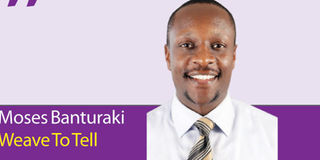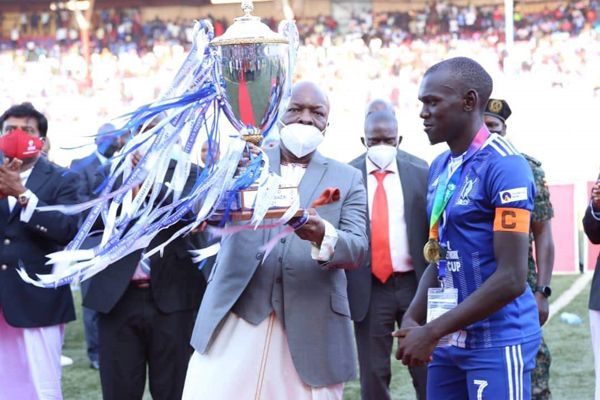The Masaza Cup final and an old super league table

Author, Mr Moses Banturaki. PHOTO/FILE.
What you need to know:
There are few better places than tribal base for fans
Two stories caught my eye this week. One, the Masaza Cup final at Kitende that attracted more fans than the stadium could accommodate and solicited social media comments prescribing Masaza football as the solution to the lack of interest in local football. The other was a grainy image of the 1993 Super division final table shared on twitter by a friend.
Remarkably, only Express, Villa and KCCA survive from that 14-team table. Others such as Coffee, Dairy, Nile, UCB, UEB, Bell, and Airlines are as dead as the government corporations that propped them up.
These two stories about a ‘tribal’ tournament and dead corporate clubs may be unconnected, but I did find a relationship which reveals what we have always known. And it is that in Uganda ‘tribe’ is a better fan mobilising tool than corporate sponsorship. The latter may churn out clubs faster but like the 1993 table shows us, it fails the test of time.
On the other hand, tribes are forever, and that is why the fan base of the 18-year-old Masaza Cup grows exponentially while few corporate clubs last half that time.
So why have we not built around tribes? Our inaugural national league in 1968 had more tribal clubs than corporate clubs. Why didn’t we sustain that momentum?
I think it is because we have been conditioned to see our tribal identities as divisive. Therefore, we find it convenient to build dispassionate ‘neutral’ clubs that never outlive their fragile bottom lines.
Even then, we are regularly reminded that tribe is nothing to be apologetic about by tournaments like the Masaza Cup. And while I think that anchoring the game to the counties of central Uganda would limit our talent pool, I believe we should instead look to recent examples like Onduparaka for how we may reposition our game.
In 2016 Onduparaka introduced themselves to us when boisterous football fans clad in caterpillar green made the 16-hour round trip from Arua to face-off with Jinja SS Kirinya in a promotion game against Jinja SS Kirinya.
They also managed what the traditional football giants had failed to do in decades – they filled up Nakivubo.
Right away it was evident that this wasn’t just a football club, but an extension of the tribe and that tribal football had what it took to endear us to local football once again – one regional corner at a time.
But six years is a long time in football and Onduparaka fortunes have ebbed and flowed. Still, it remains the main inspiration for regional clubs like Arua Hill, Mbarara City, Tooro United and Paidha Black Angels. Remember the 1993 table? It was all Kampala clubs scavenging over a limited fan base. They owed their existence to corporations and died alongside these corporations.
Of course, the matters of Uganda football are more complicated and will require more solutions than a passionate fan base can offer. The harsh realities of schedule madness, biased officiation, and maladministration have killed many a fairy tale.
But for a tale to thrive it must start somewhere and all I am saying is that there are few better places than a tribal base.
I am convinced that a league that mirrors our tribal diversity would build a bigger fan base and tap hinterland talent. Onduparaka is living testimony of this. Ours could be regional, taking care to avoid tribal sensitivities as it weaves its way from Kabale to Karamoja.
That, I believe, would be the best way to ensure Express, Villa, and KCC don’t remain the only clubs that peep out from a 2022 table when it is shared in 2052.
Barney Ronay is chief sports writer for the Guardian. This is an abridged column published by the Guardian.




